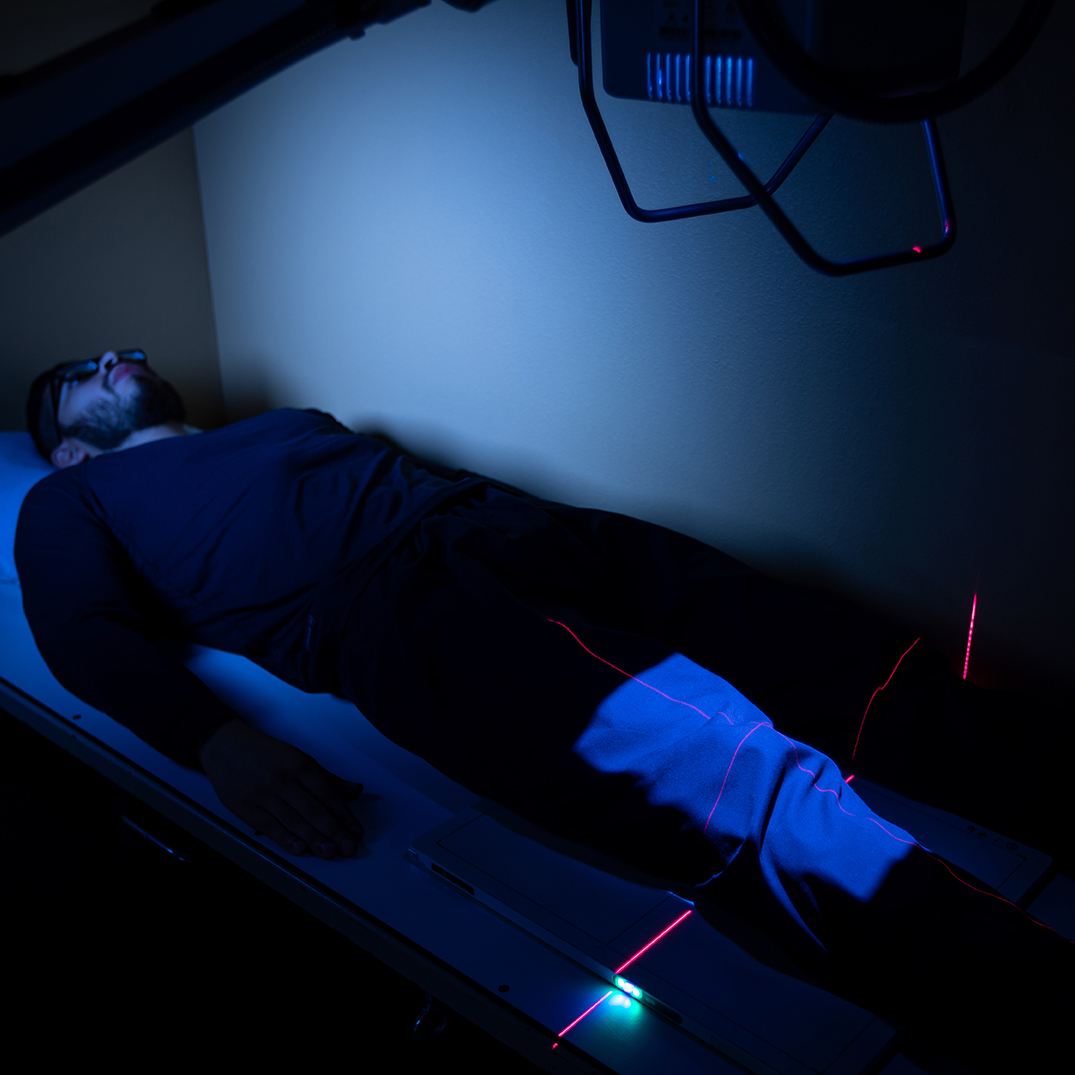1
Description
Digital radiography is a form of X-ray imaging, where digital X-ray sensors are used instead of traditional photographic film. Advantages include time efficiency through bypassing chemical processing and the ability to digitally transfer and enhance images. Also, less radiation can be used to produce an image of similar contrast to conventional radiography.
Instead of X-ray film, digital radiography uses a digital image capture device. This gives advantages of immediate image preview and availability.
2
What to expect
An X-ray is a quick, painless test that produces images of the structures inside your body, particularly your bones. In general, you will undress the area that will need examination. You will wear a gown during the exam depending on which area is being X-rayed. You may also be asked to remove jewelry, eyeglasses, and any metal objects because they can show up on the X-ray. The X-ray machine produces a safe level of radiation that passes through your body and records an image on a specialized plate. You cannot feel an X-ray. A technologist positions your body to obtain the necessary views. He or she may use pillows or sandbags to help you hold the position. The exam may require you to lie on an X-Ray table. During the X-ray exposure, you remain still and sometimes hold your breath to avoid moving so that the image does not blur. Any movement could result in the need for additional imaging. An X-ray procedure will take just a few minutes. Routine X-rays usually have no side effects. After an X-ray, you can generally resume normal activities.
cONTACT us
Open MRI

